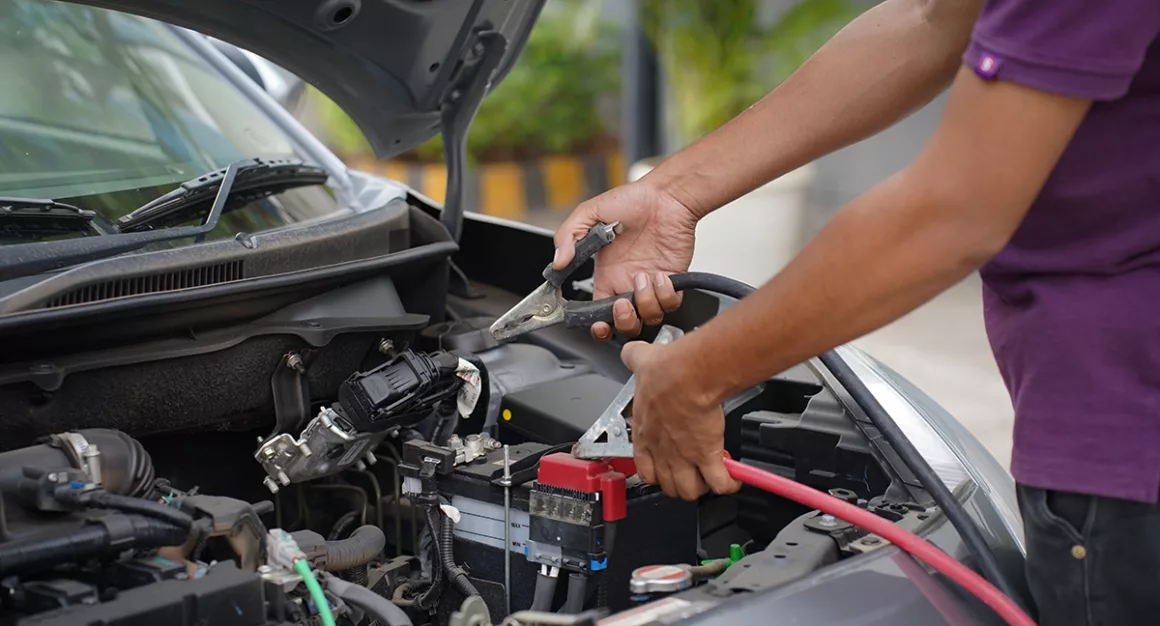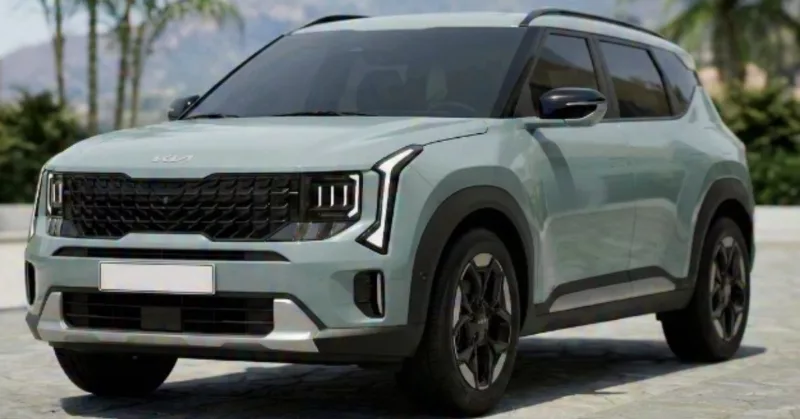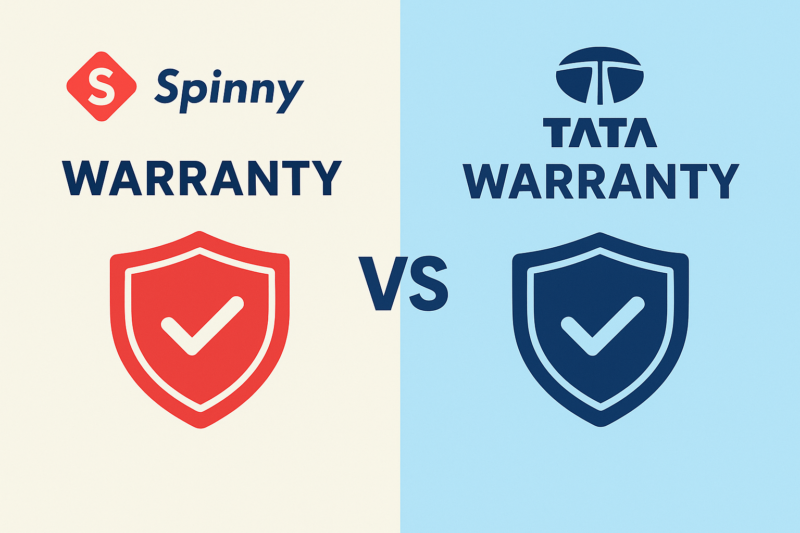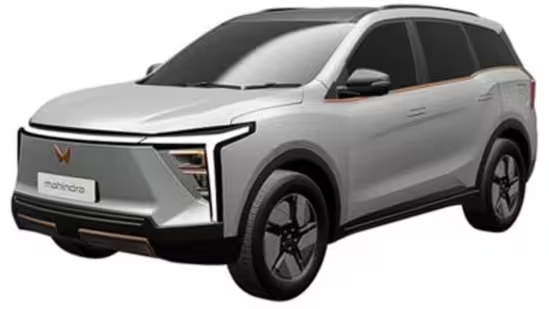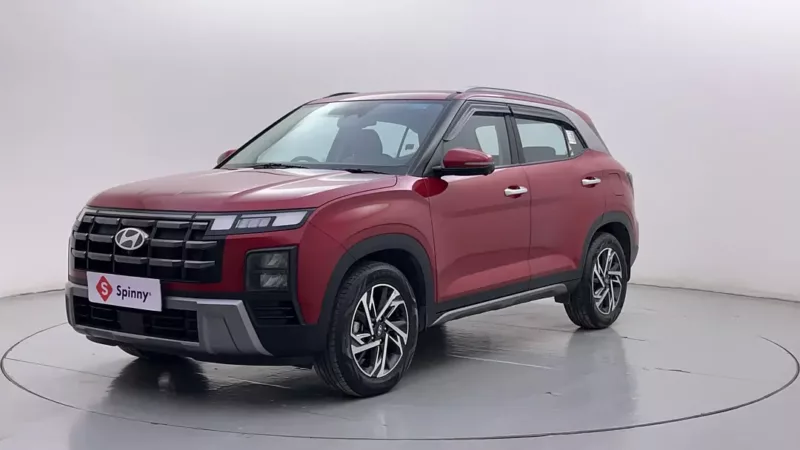We’ve all been there: ready to leave home, sit in the car, put the key in, turn it to start, and nothing! The car refuses to budge. Chances are that your battery died. The best solution in this case is to take help from another car and jump-start it. However, jump-starting a car can prove to be fatal if not done correctly. It’s essential to know how to properly jump start a car. Read ahead, and you’ll know everything you need to jump-start a car.
Things you need
Let’s start with everything you need to start the car. The list is pretty simple:
Another Car:
This should be a car with a well-charged car battery. You can borrow a car from someone who has one or use another car that you own.
Jumper Cables:
These cables help connect your car’s battery with the other car’s. They are available in two colours, and you will need both. The red cable is for the Positive terminal, while the black one is for the Negative terminal.
Pre-Starting Process
Now that you have another car and jumper cables, this is how you will start the process:
![]()
Parking The Cars:
As a first step, you need to park the other car close to your car. It should be close enough so that the jumper cables can connect the batteries. To prevent unwanted movement, ensure the hand brake is engaged in both cars and the transmission is in Park for automatic cars.
Locate the Batteries:
Now that both cars are close enough, you must look for the batteries. Open the bonnets of both cars and locate where the batteries are. For reference, they’re generally close to the front of the engine bay.
The batteries look rectangular and boxy, wrapped up in tough plastic or metal casings. Often, they are red, green or black in colour. They’re secured down with sturdy brackets or straps to keep them from moving around while the car is in motion. You’ll spot wires connecting to terminals on the top, which basically shows that they’re the powerhouses for the car!
Check the Terminals:
This is a very important and often ignored part of the process. Correctly identifying the positive and negative terminals of car batteries is extremely important for safe electrical connections. Incorrect connections can lead to electrical malfunctions, damage to the vehicle’s electrical system, or even pose safety hazards such as short circuits or battery explosions.
Both car batteries will have two terminals, the Positive with a (+) sign and the Negative with a (-) sign. If you don’t see the signs, the Positive terminal will be red, and the Negative terminal will be black.
Cable Connection:

Now that your cars are parked close enough and you have found the batteries and their terminals, it’s time to connect the cables. Before connecting the cables to jump-start a car, make sure that both vehicles are turned off for safety reasons. When the engines are off, there’s no electricity flowing through the system, reducing the risk of sparks or accidents while connecting the cables. It also prevents any interference with the electronic components of the vehicles. So, remember to keep both cars switched off before you start connecting the cables. It’s a simple precaution that ensures a smooth and safe jump-start process.
You need to keep in mind that you are dealing with electricity, so you have to be cautious. Follow the exact process below while connecting the cable.
Red to Positive of your car:
Start by connecting the clamp of the red jumper cable to the Positive (+) terminal of your car’s dead battery.
Red to Positive of the other car:
Connect the second end of the red cable’s clamp to the Positive (+) terminal of the other car’s battery.
Black to Negative of the other car:
The process for the black wires is the opposite. Connect the black jumper cable clamp to the negative (-) terminal of the other car’s battery.
Black to Ground of your car:
Connect the other end of the black cable to a clean, unpainted metal surface on your car’s engine block using its clamp. This spot should be connected to the car’s frame, away from the battery. Make sure this is within a safe distance from the fuel lines and the fan.
Car Startup
With the cables attached, you can now try to start the cars the following way:
Start the other Car:
Ask someone to start the other car’s engine with a good battery and let the engine rev for some time. The running engine will charge the battery in a small amount. The main reason for starting the other car with a good battery is to provide enough charge to the dead battery in your car. A dead battery typically lacks the voltage to initiate the starting process in the vehicle. By running the engine of the other car, the alternator generates electricity, which flows through the jumper cables into the dead battery, gradually restoring its charge.
Start Your Car:
After the other car has stopped for some time, try starting with the dead battery. The car may crank like usual but not start. This means the battery needs to be charged more, so let the other car run for another minute or two. Now, when you turn the key after connecting the cables, your car might make some noise but won’t quite start immediately. That’s because it needs a bit more power to get going properly. Letting the other car run for an extra minute or two gives your battery that extra oomph it needs to start up your engine.
Keep Both Cars Running:
Once your car starts successfully, wait to switch off either car. Let both engines rev for a few more minutes to help the dead battery recharge appropriately. Don’t rush to switch off either engine just yet. Keeping both cars running for a few more minutes helps ensure your battery gets a good recharge.
Cable Disconnection:
Once your car engines have revved, you can disconnect the cables. Keep in mind that you have to disconnect the cables in the reverse order of connection:
Black from Your Car:
Start by disconnecting the clamp of the black cable from the metal grounding point you had attached it to on your car.
Black from the Other Car:
Now, you have to disconnect the clamp on the other side of the black wire from the negative terminal of the other car’s battery.
Red from the Other Car:
Once you’re done with the black cable, disconnect the clamp of the red cable from the Positive terminal of the other car’s battery.
Red from Your Car:
To end the disconnection process, disconnect the clamp on the other side of the red cable from the Positive terminal of your car’s battery.
![]()
Final Checks:
Charging Test:
After jump-starting your car, it’s time to give it a quick check-up to make sure everything’s functioning the right way. Start by disconnecting the cables from the other car and then switch it off. Now, see if your car starts up smoothly on its own. If it does without any fuss, that’s a good sign – it means the charging system is doing its job. Just to be sure, keep an eye on your car’s performance for a bit to make sure the battery holds its charge. If everything’s running smoothly, you’re good to go!
If any issues arise during this test, such as difficulties starting or other irregularities, it could indicate underlying problems with the battery or electrical system. It’s always a good idea to seek professional assistance, if you’re unable to diagnose or resolve the issue on your own. In such a case, your best option would be to speak with a battery replacement service, or reach out for roadside assistance if you’re stuck on the road.
Go for a Drive:
If your car starts without issues, it’s time to charge the battery. Take the car for a drive that lasts at least half an hour. This will ensure your car’s battery gets charged and can start smoothly for further trips.
Conclusion
Jump-starting a car can be a lifesaver when your battery dies. By following these steps carefully and prioritising safety, you can get your car back on the road in no time. Remember, if your car doesn’t start after multiple attempts, it’s best to call for professional help. However, with a little preparation and knowledge, you can jump-start your car yourself and avoid getting stranded.
